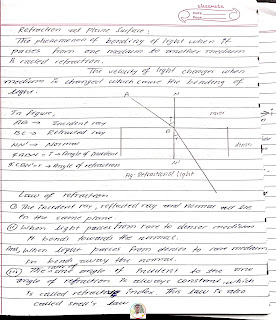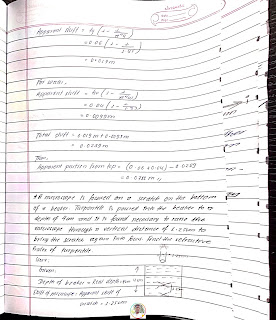Syllabus:
- State the relation between object distance, image distance and focal length of curved mirrors
- State the relation between object size and image size
- Know the difference between the real and virtual image in geometrical optics
- Calculate the focal length of curved mirrors and its applications
- Wave motion
- Define and understand progressive wave
- Write progressive wave in mathematical form
- Discuss the condition under which stationary waves can be formed
- Write stationary wave in mathematical form
- Calculate frequency, amplitude, velocity, time period, etc of progressive wave
- Find expression for stationary wave using two progressive waves
- Refraction at plane surfaces
- Recall the laws of refraction
- Understand the meaning of lateral shift
- Understand the meaning of refractive index of a medium
- Calculate refractive index of a medium using angle of incidence and angle of refraction
- Learn the relation between the refractive indices
- Know the meaning of total internal reflection and the condition for it
- Understand critical angle and learn the applications of total internal reflection
- Explain the working principle of optical fibe
- Understand minimum deviation condition
- Discuss relation between angle of prism, angle of minimum deviation and refractive index
- Use above relations to find the values of refractive index of the prism 16.4 Understand deviation in small angle prism and learn its importance in real life
- State properties of Spherical lenses
- State the relation between object distance, image distance and focal length of a convex lens
- Define visual angle and angular magnification
- Derive Lens maker’s formula and use it to find focal length
- Understand pure spectrum
- Learn the meaning of dispersive power
- Discuss chromatic and spherical aberration
- Discuss achromatism in lens and its applications





















































































